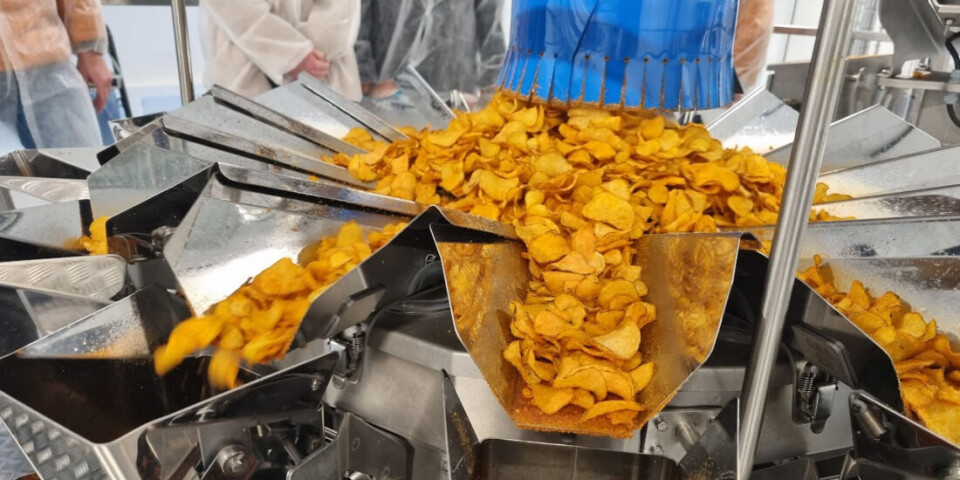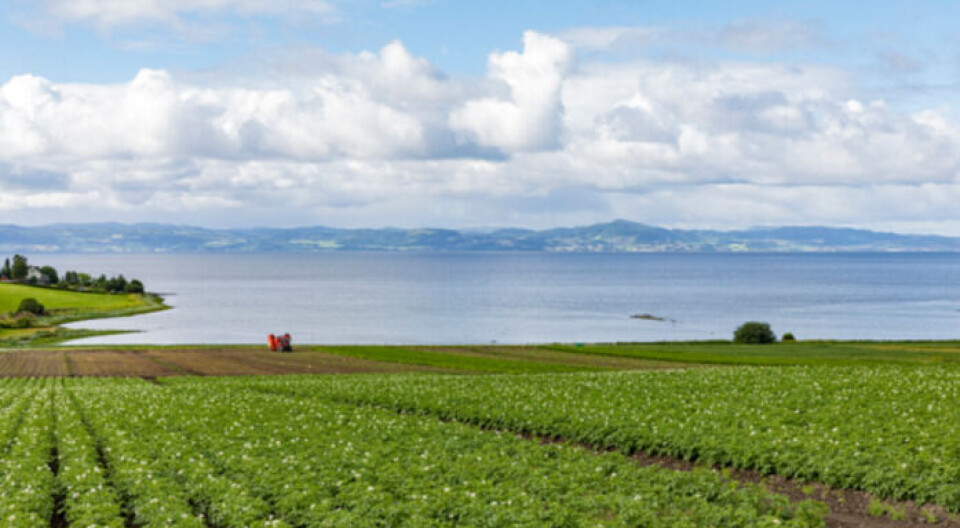THIS ARTICLE/PRESS RELEASE IS PAID FOR AND PRESENTED BY SINTEF - read more

Have researchers managed to create the healthiest crisps on the planet?
Researchers have now found out how to stop the formation of harmful acrylamides when deep-frying potatoes into crisps.
Frying potatoes causes the formation of harmful chemicals called acrylamides. The acrylamide content in potato crisps is influenced by factors such as the potatoes themselves, storage conditions, and the heat treatment process.
Researchers have been looking into acrylamides together with a food packing company.
“Here we face an additional challenge because colder growth conditions often mean that less mature potatoes are used to make crisps,” researcher Solveig Uglem at SINTEF says.
She has been heading the research team.
“Less mature potatoes contain more sugar, and this can lead to a higher acrylamide content in the crisps that we make from them,” she says.

Reducing food waste and boosting quality
According to the research team, this project has provided new knowledge about the best ways of storing potatoes in order to reduce food waste. It shows how to achieve optimum crisp quality and minimise the risk of acrylamide formation.
The results demonstrate that three key factors are involved:
- Use of the right kind of potato
- Achieving the correct maturity before harvesting
- Achieving a correct and tailored storage temperature
As part of a three-year study, the researchers have also been looking into the use of simple methods of measuring the sugar content of potatoes. Such measurements, taken both before and after harvesting and while the potatoes are in storage, are important for ensuring that sugar levels are sufficiently low to enable the potatoes to be made into crisps.
The team discovered that measurements of sucrose and aspartic acid contents in potatoes offered the best indicators of the acrylamide levels that crisps will obtain after deep frying.
“However, this method is slow and requires the use of expensive instruments,” Erlend Indergård says. “We’ve found that measuring glucose concentrations using a blood sugar meter that anyone can purchase at a local pharmacy offers a quicker and more accessible means of getting an indication of whether a potato’s sugar content is too high.”
Thumbs up from farmers
So far, the method has been well received by potato growers.
By measuring the glucose content, they can get an indication as to whether their potatoes are ready for harvesting.
It is both unsustainable, and can result in major financial loss, if a batch of potatoes has to be rejected because sugar levels are too high.
Potato growers should thus be encouraged to keep track of the glucose content in their crop both immediately after harvesting and during storage. This will enable them to take action if they observe any changes in quality.
See more content from SINTEF:
-
New study: Even brand-new apartments in cities can have poor indoor air quality
-
Fresh hope for patients with chronic inflammatory bowel disease
-
Testing a giant ship: May take five kilometres to stop
-
A robot is helping researchers hunt for the best cancer warriors
-
Locomotives that run on diesel can be electrified
-
Where kelp is being turned into lab-grown meat





































